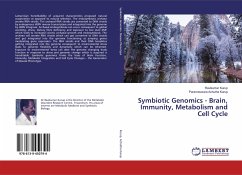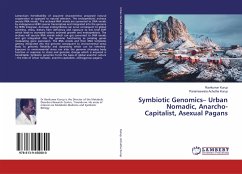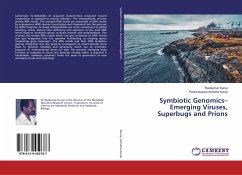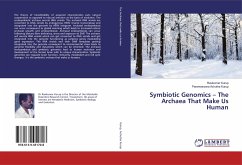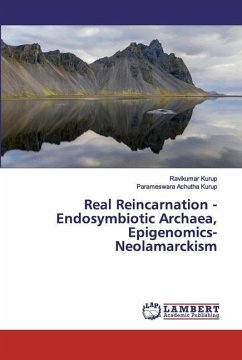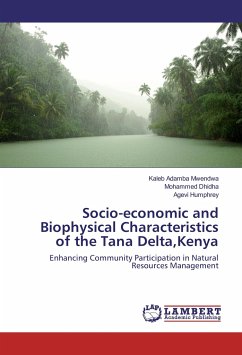The theory of hereditability of acquired characteristics rejected the Darwinian theory of natural selection and competition leading to survival of the fittest. It proposed natural cooperation as opposed to natural selection. The endosymbiotic archaea secrete RNA viroids. The archaeal RNA viroids are converted to DNA viroids by endogenous HERV reverse transcriptase and integrated into the genome by HERV integrase. Archaeal endosymbiosis can occur consequent to global warming, dietary fibre deficiency, stress and exposure to low level EMF which leads to increased colonic archaeal growth and endosymbiosis. The archaea will secrete RNA viroids which can get converted to DNA viroids and get integrated into the genome functioning as jumping genes modulating gene expression. The RNA viroids and their DNA templates getting integrated into the genome consequent to environmental stress leads to genomic flexibility and dynamicity which can be inherited. Exposure to environmental stress can alter the genome changing body function in response to stress and genomic change which is acquired is hereditable. This fits in with the neo-Lamarckian concept of hereditability of acquired characteristics.
Bitte wählen Sie Ihr Anliegen aus.
Rechnungen
Retourenschein anfordern
Bestellstatus
Storno


